Dropped objects are among the most critical safety hazards in any worksite where activities take place at different elevations.
On offshore drilling rigs, they are consistently identified as a key risk area. Even a small tool or bolt falling from height can lead to serious injuries, or in the worst case, fatalities, while also causing costly damage to equipment and facilities.
In this article, we examine the potential consequences of dropped-object incidents and outline practical steps to reduce the risk on offshore rigs.
Plausible reasons for dropped objects scenarios
Dropped objects may result from a variety of unintended events including:
-
equipment failure
-
equipment and structure exposed to excessive forces
-
design failures
-
weather conditions/inadequate sea fastening
-
equipment/structural fatigue and/or corrosion
-
loss of tools and equipment from an elevated position
-
not properly tightened or secured bolts/nuts
-
human error
Dropped objects on an offshore rig may vary from a small bolt weighing a few grams up to equipment/equipment parts or structural components weighing several tons. Needless to say, a dropped object weighing tons will have significant destructive impact force and must be avoided.
However, the same applies for e.g., a small sized bolt dropped from an elevated height, which impact force on a human may be fatal.
No wonder that oil companies, drilling contractors and the like, have implemented comprehensive and strict HSE (Health, Safety, Environment) procedures for safe zones, restricted access areas, working at elevated heights and work under hanging loads, etc.
Suggested reading: The Effect Moonpool Handling Systems Have on Operational Efficiency
Consequences
Procedures and safeguards are essential, but they can only reduce, not eliminate, the probability of an unintended and potentially catastrophic outcome if a dropped-object incident occurs. Consequences can range from operational disruption to major safety and environmental hazards.
At the seabed, beneath an offshore drilling platform, critical safety and control equipment such as XMTs (Christmas Trees) and BOPs (Blowout Preventers) are typically installed on the wellhead. This may be either a single well or a larger template with multiple wellheads and flowlines. These components are vital for controlling well flow and preventing blowouts and pollution.
If a heavy object from the rig, such as a drill pipe or drill collar, is dropped into the sea and strikes subsea equipment, the impact can have severe outcomes:
-
Worst-case scenario: a blowout, major environmental pollution, loss of the well, and potentially loss of life.
-
More likely scenario: significant downtime, costly repairs, and financial losses due to damaged subsea equipment.
For this reason, reducing the probability of dropped objects, both on the rig itself and into the sea, remains a top priority across the offshore drilling industry.
Suggested reading: How Tailored Moonpool Handling Systems Can Improve Safety (HSE)
Measures to reduce risk
The offshore industry invests heavily in reducing the risk of dropped objects and mitigating the consequences of unwanted events. In addition to strict work procedures, several categories of measures are typically implemented:
Layout Design Requirements
-
Strategic layout arrangements to avoid congestion
-
Weather-protected and enclosed areas to minimize exposure
-
Designated safe zones to restrict access during critical operations
Equipment Design Requirements
-
Equipment should integrate features that directly reduce dropped-object hazards:
-
Minimize exposed components, hoses, and tubing
-
Robust and impact-resistant design
-
Fail-safe product solutions
-
Toe boards, redundancy, and safety wires for secondary retention
-
Secure bolting, fastening of large hoses, and protection of exposed fittings
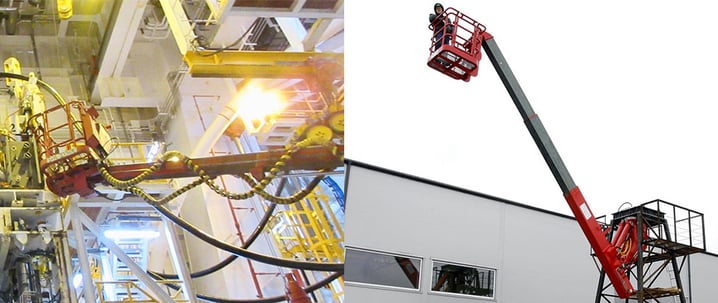
Illustrative example: Traditional access baskets with hose bundle loops can snag and interfere with nearby equipment. A “slick design” alternative eliminates this risk entirely.
Operating Criteria for Safe Equipment Use
To avoid equipment failure and as a potential consequence of potential dropped objects, equipment must be designed and operated within its operating criteria.
Mechanization and Automation
Mechanization and automation not only improve efficiency and consistency but also reduce human exposure in high-risk areas:
-
Remove personnel from the “red zone” on the drill floor
-
Reduce manual intervention in the moonpool area beneath the drill floor
Special Equipment to prevent Dropped Objects
Installation of special protective equipment, e.g. to protect structures at the seabed from dropped objects from well center(s), will prevent objects from falling into the sea.
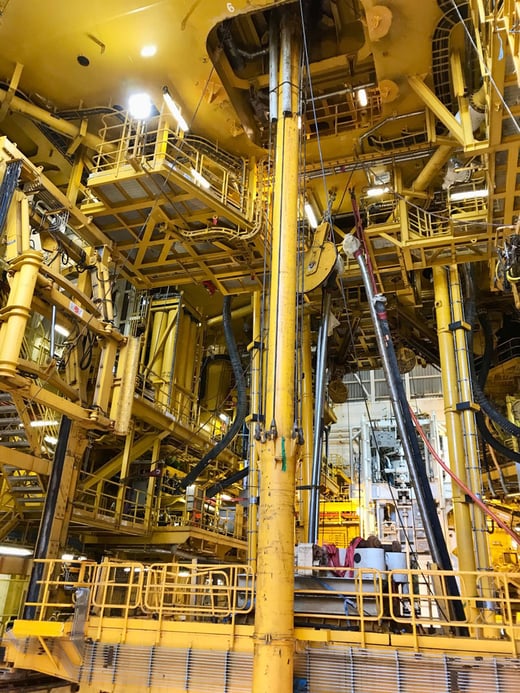
Protective equipment such as a King Size Rathole can prevent dropped tubular down into the sea.
Seafastening and Guiding of Equipment
Floating rigs face challenges from motion and weather. Properly designed equipment is critical to reduce dropped-object risks:
-
Seafastening solutions for critical components during adverse weather
-
Lateral guiding systems for heavy equipment (e.g., BOPs and XMTs) to protect assets, improve efficiency, and extend the operational weather window
Inspection and Maintenance
The importance of regular inspection and maintenance of equipment and structure cannot be underestimated. A well-maintained rig and properly maintained equipment is a prerequisite for minimizing the risk for dropped objects:
-
Routine inspections of valves, bearings, hoses, and structural components
-
Preventive maintenance to detect early signs of corrosion, leaks, fatigue, or wear and tear
-
Ensures robustness and reduces the risk of catastrophic equipment failures
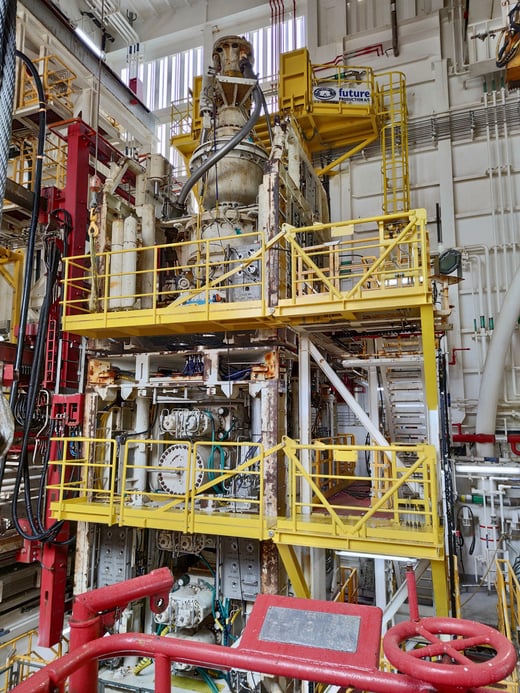
Access Platforms, as seen here with a BOP, makes manual work more secure.
The Human Factor
Adequate training, operational qualifications and adherence to safety procedures are a must to minimize risk exposure to dropped objects.
Suggested reading: Pros and Cons of Standard vs Tailor-Made Moonpool Solutions
Conclusion
Dropped objects remain one of the most critical risk hazards on offshore installations. They can result from external factors such as severe weather, as well as from human error, equipment failure, poor maintenance, or inadequate design.
While the risk can never be fully eliminated, it can be significantly minimized. A combination of robust design, preventive maintenance, automation, protective equipment, and strict HSE (Health, Safety, Environment) procedures ensures that the probability and impact of dropped objects are reduced to the lowest possible level.
The priority is clear: maintain strong barriers, enforce safe work practices, and invest in technologies that remove personnel from high-risk areas. These steps not only safeguard people and assets but also protect operational uptime and the company’s reputation.
Key Takeaways
-
Invest in automation and mechanization to reduce manual exposure in red zones and the moonpool area.
-
Prioritize inspection and maintenance of equipment, fastenings, and structural components.
-
Design for safety with layout planning, protective equipment, and fail-safe solutions.
-
Enforce strict HSE procedures for access control, work at height, and suspended loads.
Read more: Increasing Safety With ADS in Emergency LMRP Disconnect Situations

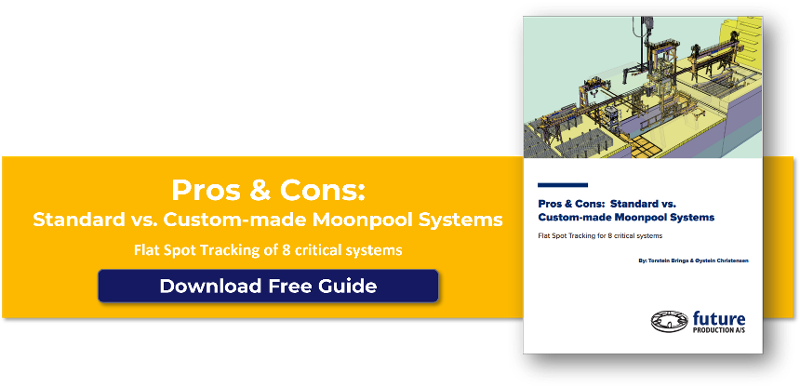
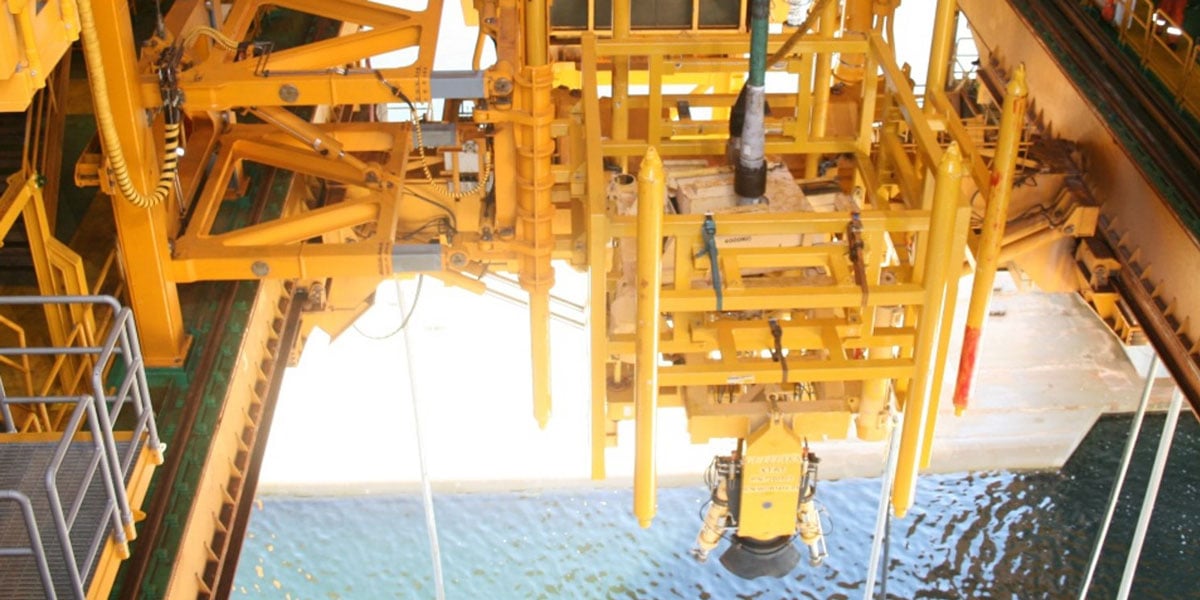
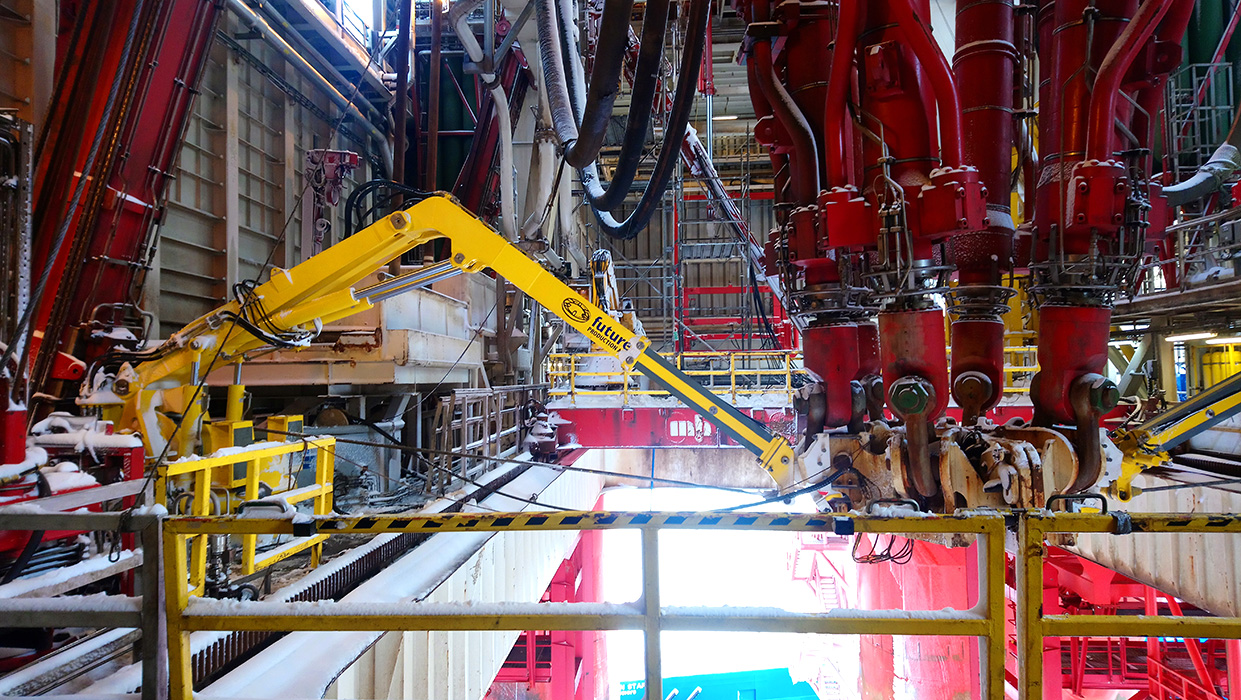
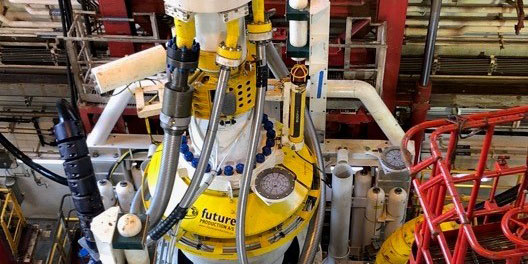
SUBMIT YOUR COMMENT